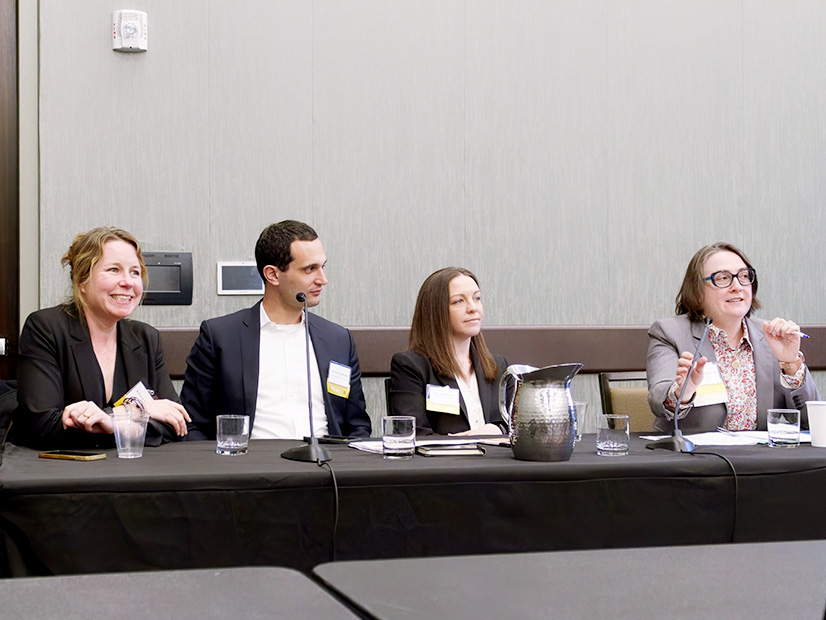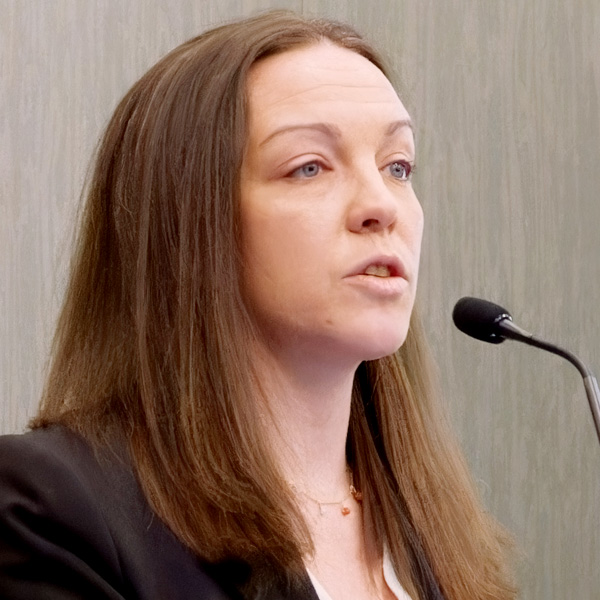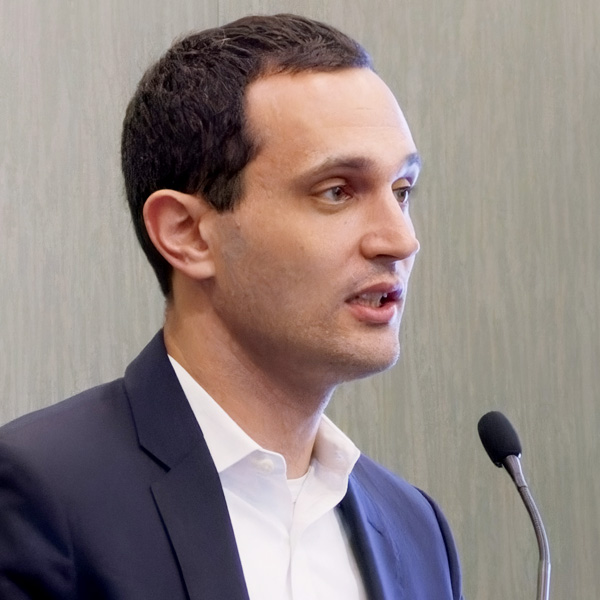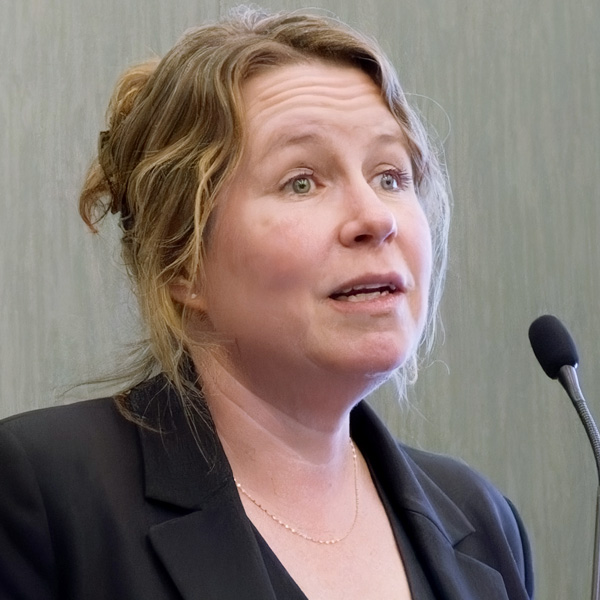
ALBANY, N.Y. — Building decarbonization is at once critical for the environment, expensive for building owners and potentially taxing for the power grid.
Four people helping plan and direct decarbonization in New York acknowledged the complicated nature of the task and offered insight on how it is being approached March 19 at the Independent Power Producers of New York’s 2024 Clean Energy Spring Conference.
The clean energy transition New York leaders are pursuing will not happen without a high percentage of the state’s 6 million buildings using less energy and cleaner energy. Buildings are the largest source of greenhouse gas emissions in New York City, and second-largest by a narrow margin in the rest of the state.
And therein lies the difficulty: Millions of building owners need to take action to make it happen, in many cases at their own cost, to get New York to its 2050 goal of 85% GHG emissions reduction.
“That’s a lot of people to get engaged in this transition, and that’s really challenging, but also a great opportunity to reach everyone in the state and bring them into what this transition is going to mean for them,” said Susanne DesRoches, vice president for clean and resilient buildings at the New York State Energy Research and Development Authority.
A sticky problem is that many buildings in New York predate modern efficiency standards. Constructing highly efficient, all-electric buildings — which is gradually being mandated in the state — can cost a bit more but is relatively straightforward. Electrifying an existing building and making it more efficient can be much more complicated and expensive.
“Most of the buildings that we will have in 2050 and beyond are already built, so the real challenge is figuring out how to tackle emissions reductions in those buildings,” said Danielle Manley, policy manager at the Urban Green Council.
But efficiency is an indispensable part of the process, she added. She showed a map of Consolidated Edison’s 70 network areas under three electrification scenarios. Electrification by itself would put numerous areas into grid constraint, based on their current capacity. Electrification with efficiency would reduce the number of areas in constraint.
“The third scenario — that’s our smart electrification scenario: buildings electrify; they make energy efficiency upgrades; and they incorporate load shifting, thermal storage and electric battery storage — we see most of the areas back in the blue,” Manley said.
Much of the discussion centered on New York City. Because of its lack of heavy industry and its extensive public transit system, the city’s buildings have an outsized influence on its carbon footprint compared with the rest of the state.
The city also has some of the nation’s most expensive real estate and highest electric utility rates. And for all its glitz and wealth, it also has a poverty rate 50% higher than the U.S. as a whole.
So, who is going to pay for all these upgrades?
Zachary Steinberg, policy lead at the trade association Real Estate Board of New York, said the city’s Local Law 97, which will penalize building owners who do not electrify their property, is not an effective incentive; the return on investment is just too small.
“Yes, the penalties are significant, but they’re only a fraction of the cost of what it’s actually going to take to improve buildings and decarbonize, particularly if we’re combining building electrification with efficiency work,” he said.
There need to be more incentives to perform the work and more assistance paying for it, he added — fewer sticks and more carrots.
Kathleen Schmid, deputy executive director of the New York City Mayor’s Office of Climate and Environmental Justice, said the city recognizes sticks are needed as it pursues decarbonization but wants to focus on carrots.
“We need a program that gets to emissions reductions,” she said. “We will see this as a failure if we instead levy significant amounts of fines.”
Local Law 97 sets an ambitious target: a 40% reduction in emissions from the largest buildings by 2030 and net zero by 2050.
“We know there’s challenges, and we’re working through those challenges,” Schmid said. “We know the 2030 targets are going to be hard to achieve, particularly for those buildings with complex ownership structures in the residential space.
“To Zach’s point, we know that it is a problem to shift the cost of heating from a building owner to a tenant. … There are significant equity and financial concerns. … The city is looking at all those ramifications.”
Healthier, better-performing building stock is a high-value proposition for New York City, Schmid said, so Local Law 97 should be seen as a tool for modernizing buildings rather than a burden for their owners.
“It’s not a thing that we’ve successfully figured out how to do across the board,” she acknowledged.





